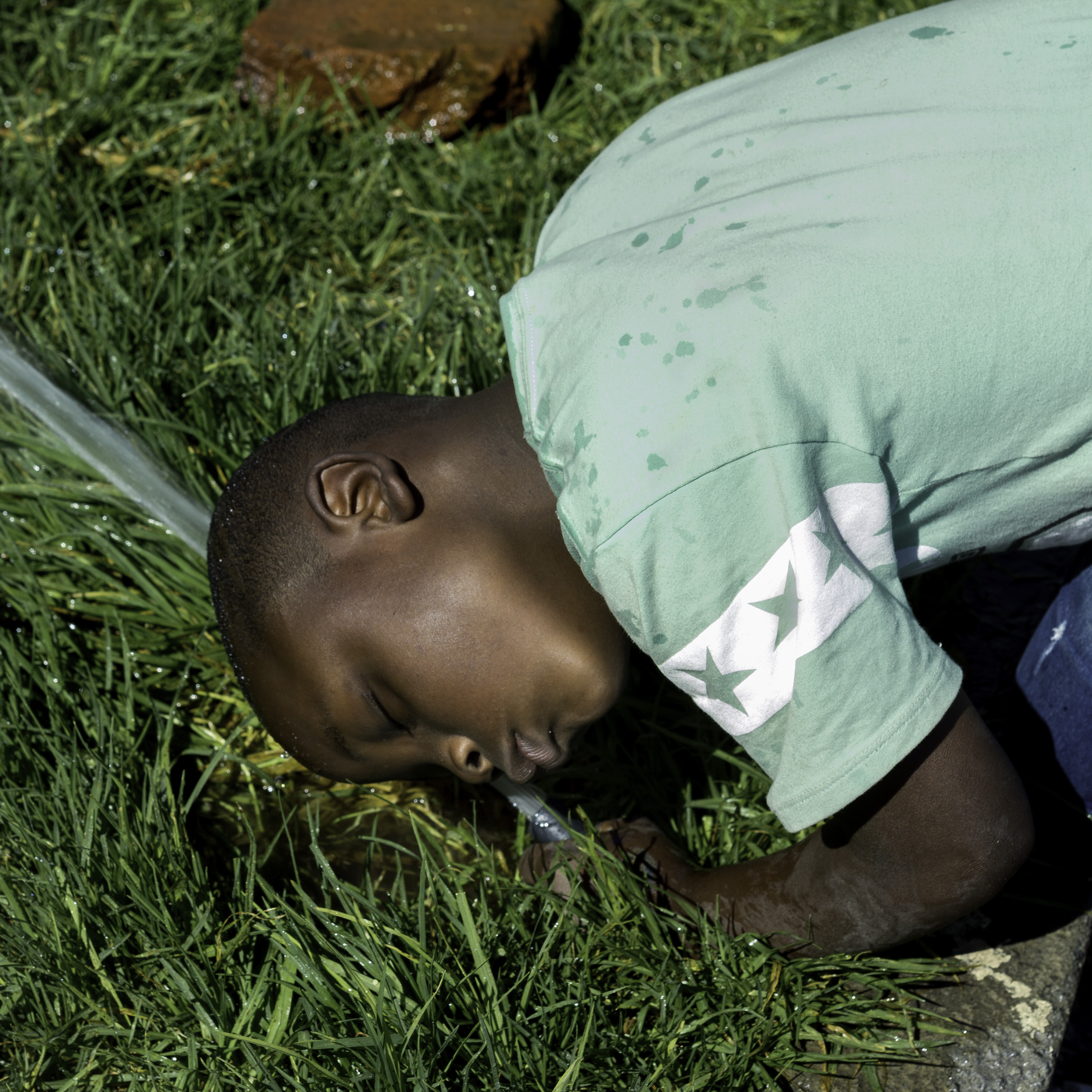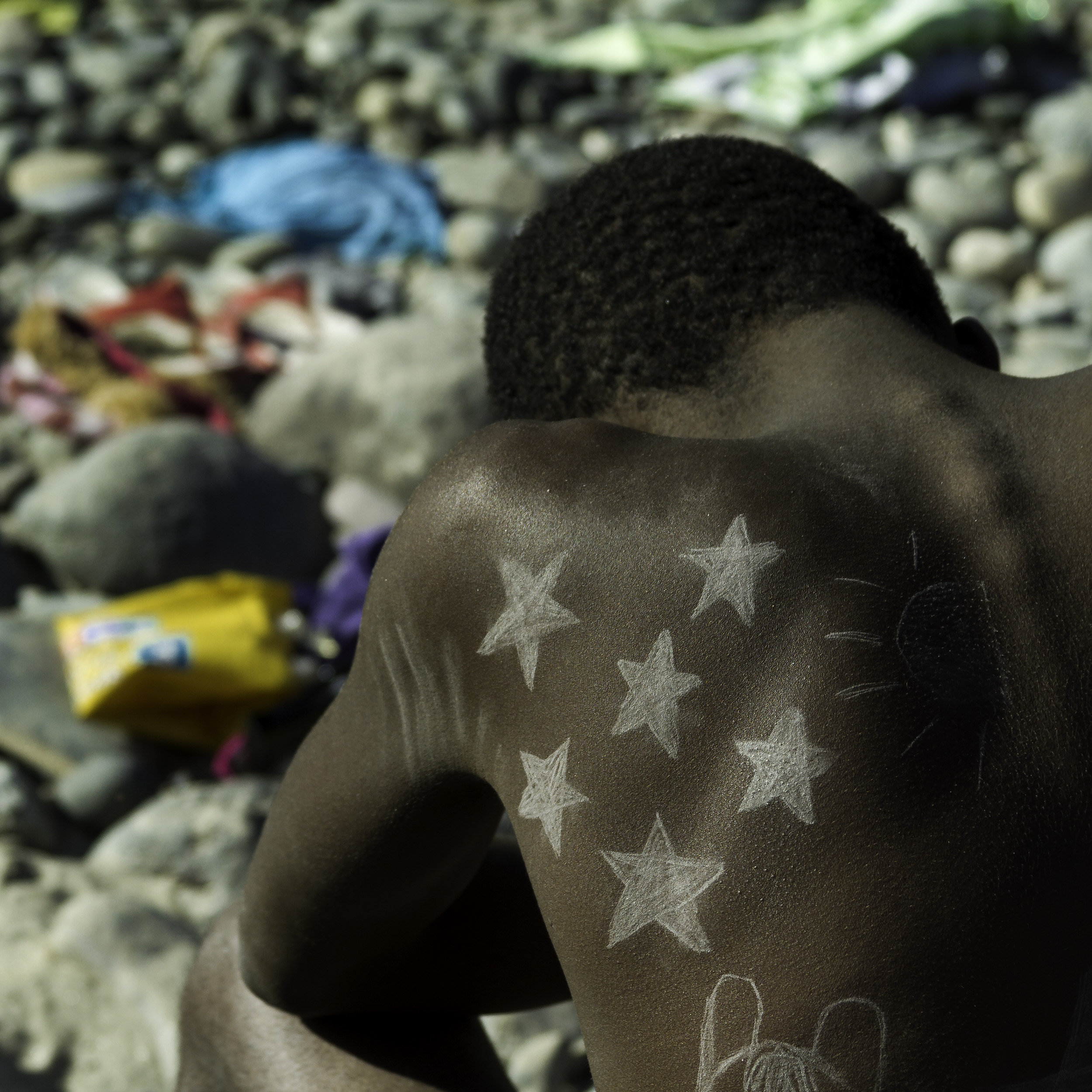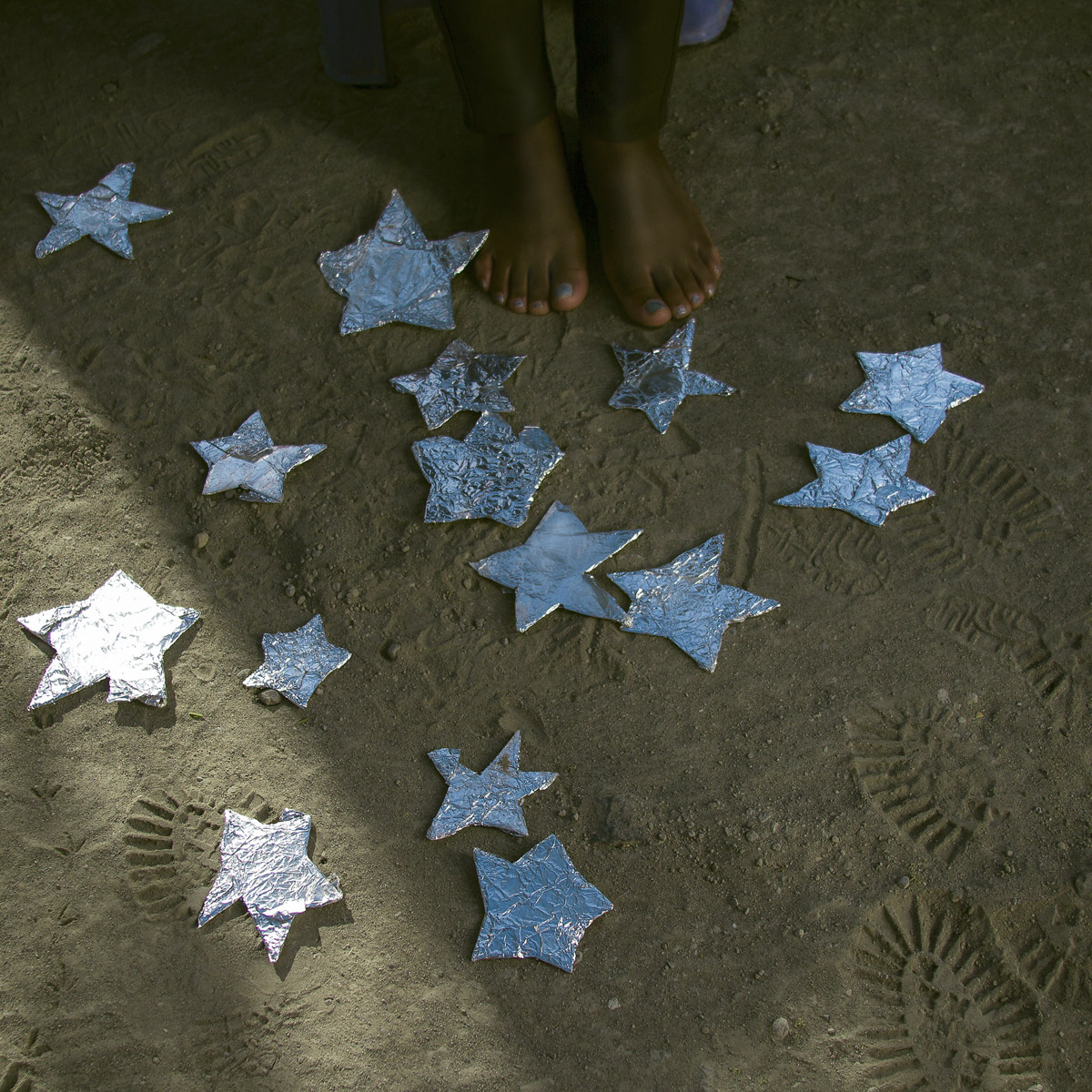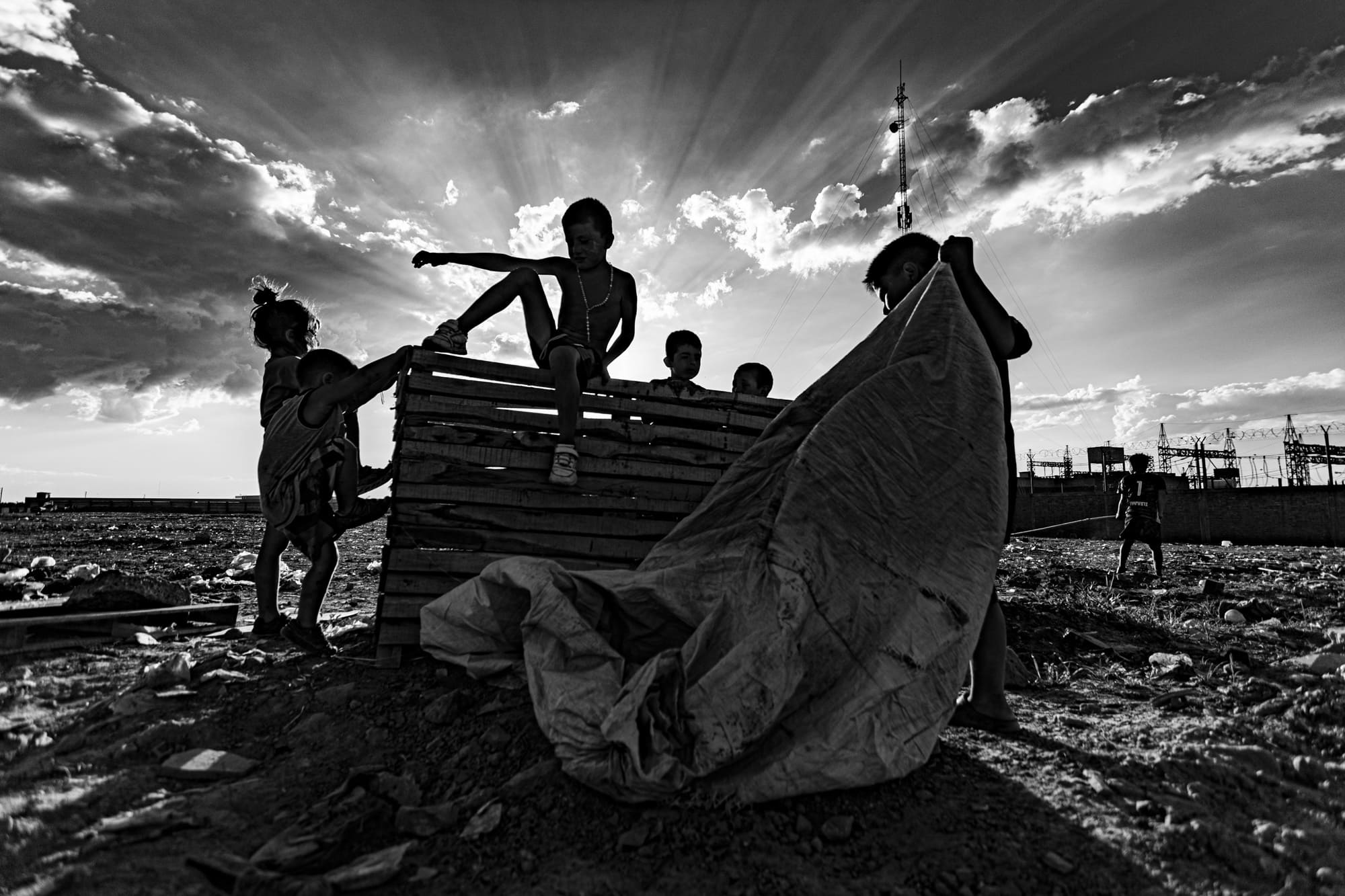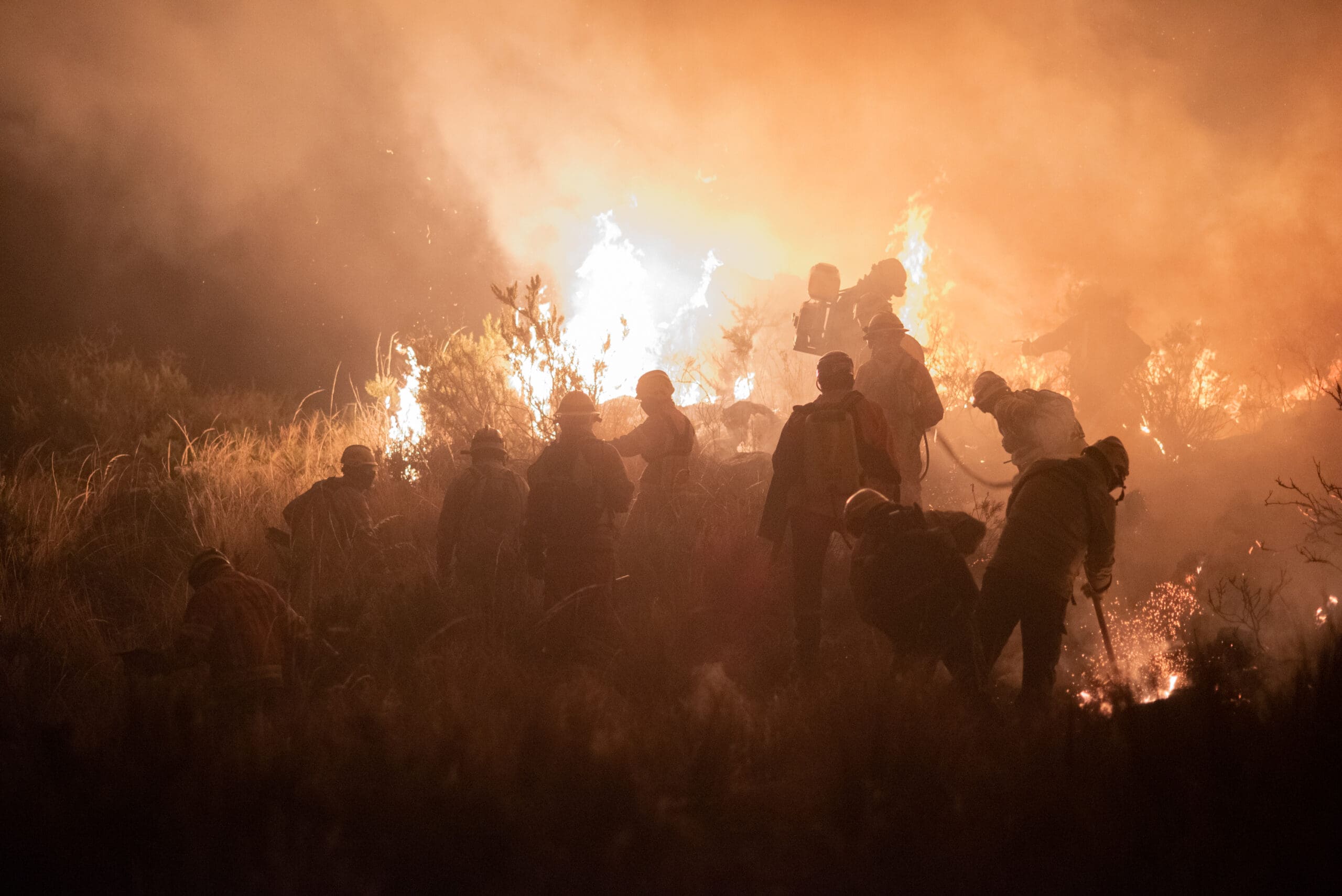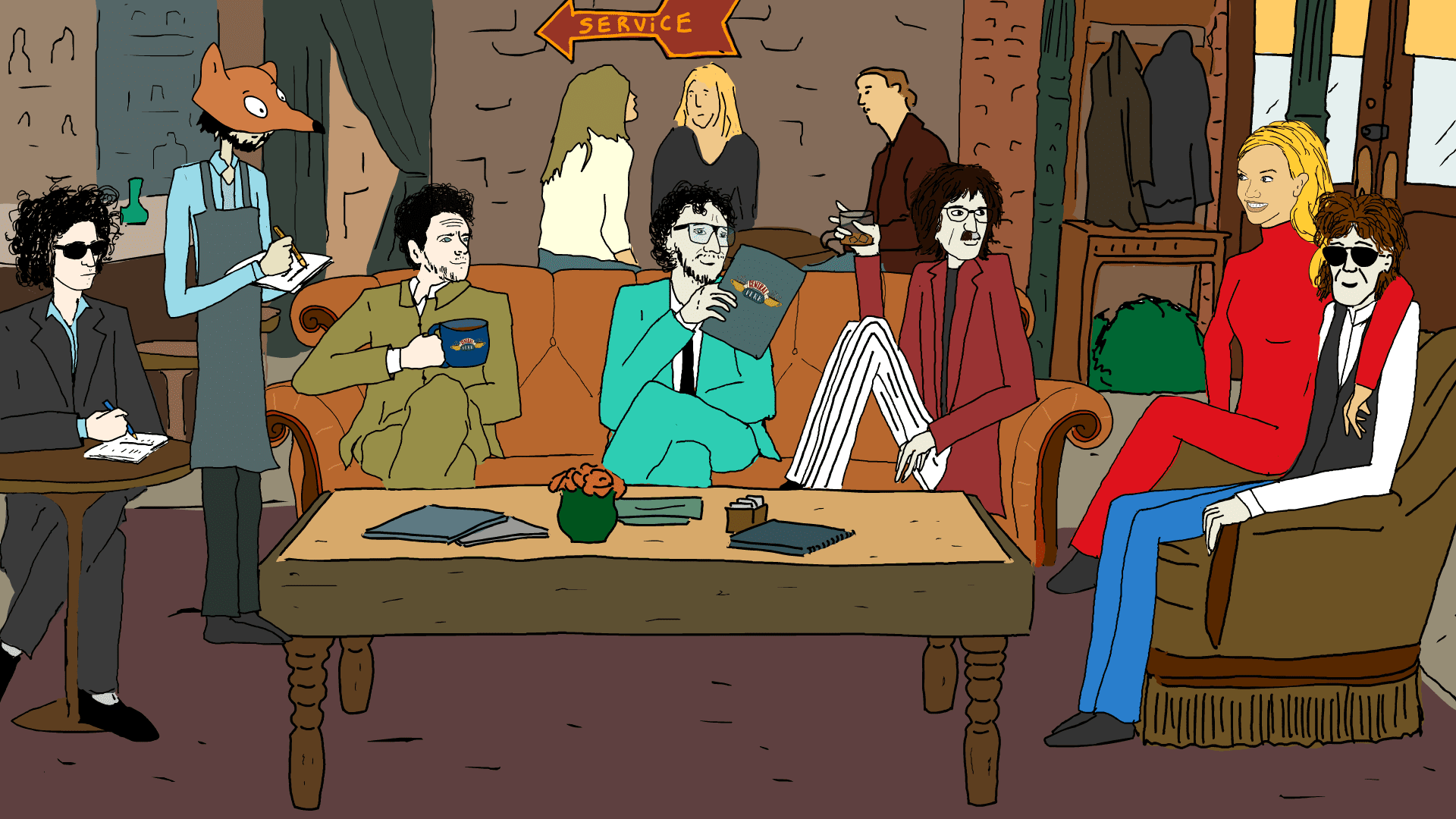In the Ecuadorian region of Valle del Chota there is a town where boys and girls become stars. It remains in a place that was once known as the “Valley of Blood and Death” because the indigenous people, forced to work in the sun on sugar and cane farms, died in a climate that was not their own. And so, the story goes, the Spanish said “bring the más carillas,” that is, the strongest. Thus miles of black people arrived from the Pacific coast, where they were enslaved.
Mascarillas named after that, is a town up to where a very young Isadora Romero arrived in 2005, at that time she was a photography student and today she remembers the trip with displeasure. The photos that her teachers expected of her must have been of misery and poverty, to satisfy the victimized imagery built around Afro-descendant communities.
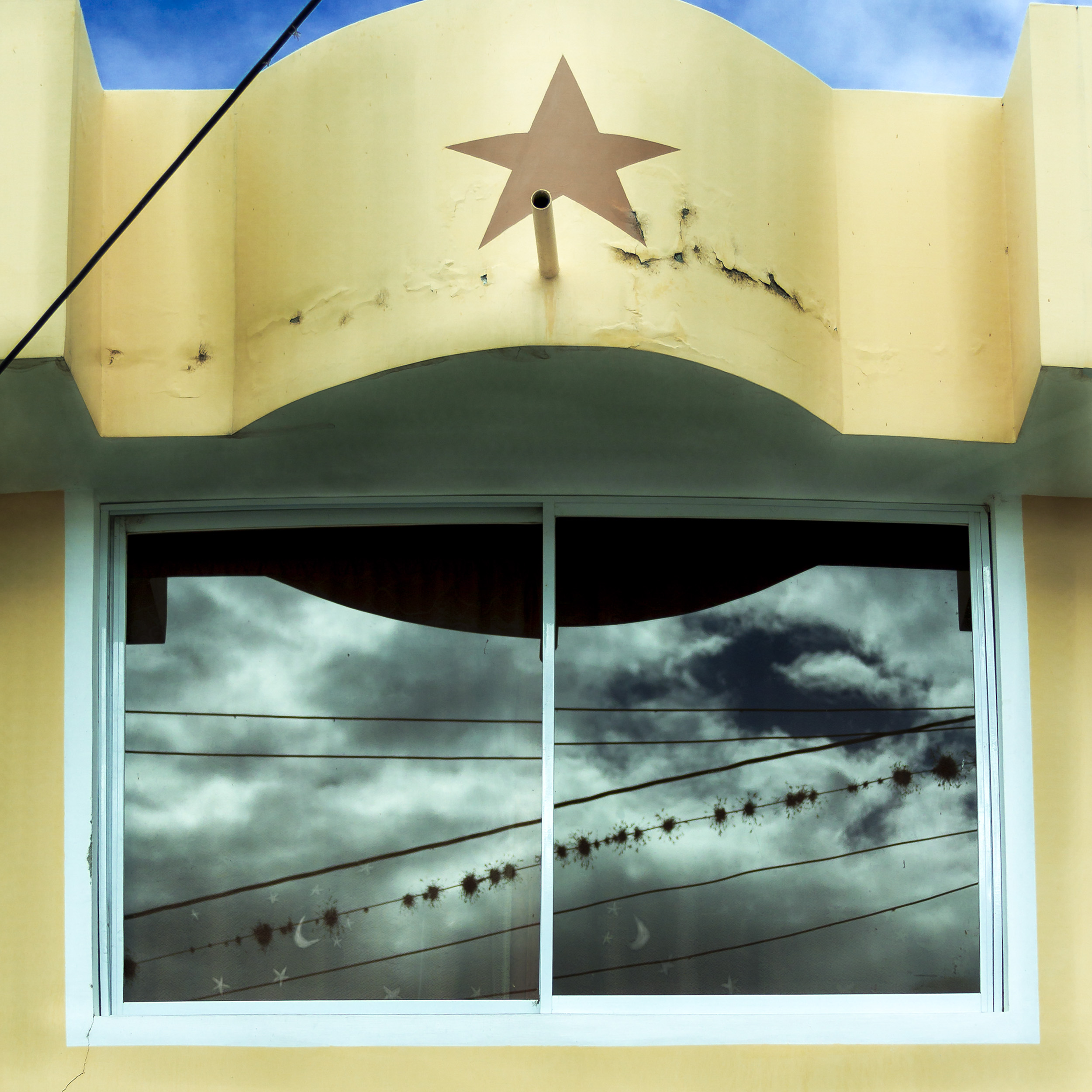
“It was very important to me to return there and understand that there was another narrative,” Isadora says now, 15 years after that first trip. Polvo de estrellas (stardust) was born from that return to town between 2015 and 2017, this photographic project is part of Africamericanos.
Isadora seeks to reinterpret the life of the Afro-Ecuadorian community in the mountains, paying special attention to those stories that circulate from mouth to mouth and from generation to generation. “Oral tradition was very important to me because it is the way the Afro-descendant people had to preserve their culture and transmit the legends that explain love and death,” says Isadora.
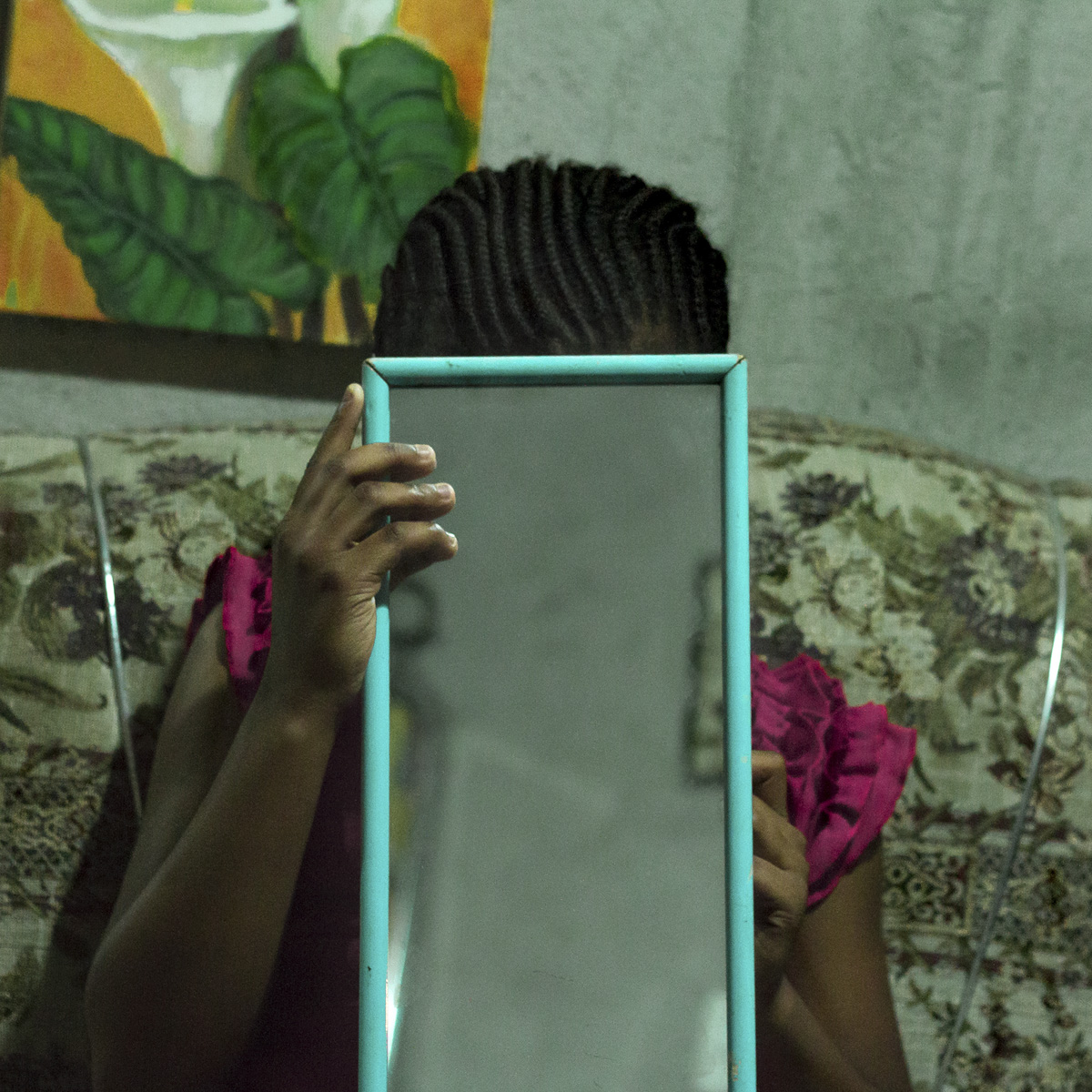
Mascarillas is known in Ecuador for being the cradle of soccer players and singers: a town of stars. “Children’s dreams are focused on that ideal and many of them migrate to big cities because they cannot find a future where they are born,” says Isadora. For her work, she wanted to get away from that deeply rooted idea, focus on what remains, get to know the town, be fascinated by its stories, like the one that says that at night “a flying star that is like a sphere appears and if someday a child stays longer than he should and catches that floating star, he turns into an animal, or into dust. ”
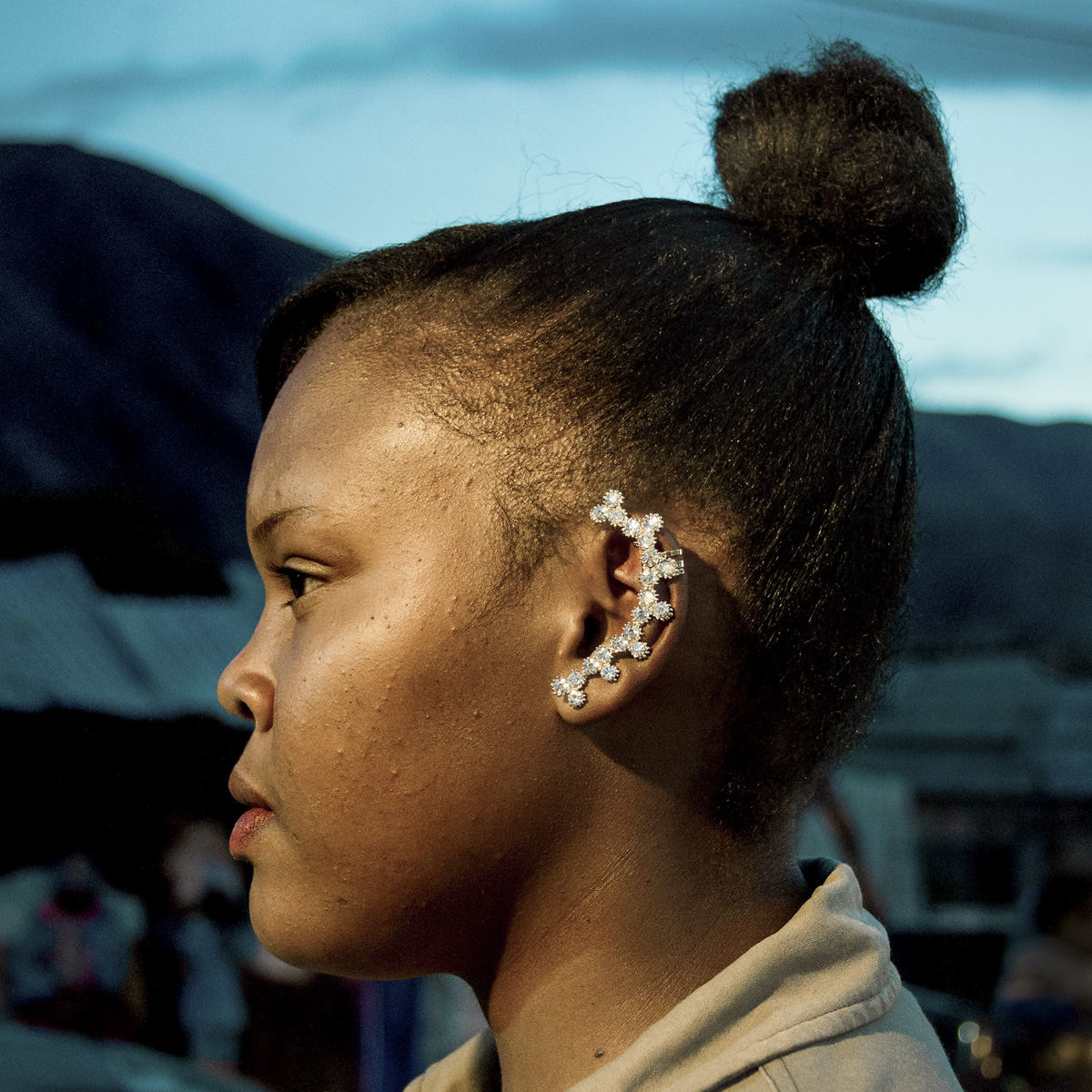
Isadora’s connection to the valley did not begin on that first trip. When she was a girl, every time her parents went out Alicia taken care of her, a woman who had grown up in Mascarillas and sang bomba songs, the typical rhythm of the Chota Valley. Her lyrics invoke love, the fruits harvested, the work of the women of the community. “The preparation of the instruments has something of ancestral, the way of playing, and also the way of dancing,” says Isadora. Polvo de estrellas, dice, evokes “that symbolic, poetic and suggestive universe”.
